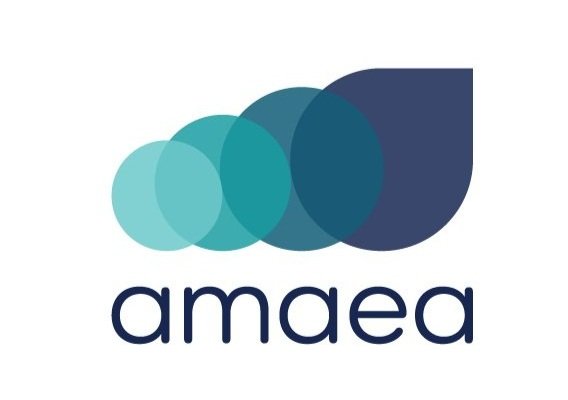From 23 days down to 1: The targeted polyphenol fining capability driving operational efficiencies
Preparing individual wines for bottling can be one of the more stressful tasks wineries must complete and tight timing can often create anxiety. Let’s face it, bottling season is a time of year that most winemaking teams dread.
Operationally, wineries have a pretty good rhythm to their annual bottling process, but sometimes, there are some final adjustments winemakers would like to have a little extra time for. Perennially, it seems that wines could use a bit more of ‘this’, or a bit less of ‘that’ and the bottling is already on the schedule. Regardless of the size of the winery, having more time for consideration and fine adjustments prior to finishing and bottling would be helpful.
Fining encourages settling of solids, adjusts color and reduces off-aromas before a wine goes to bottle. For now, let’s focus on wine palate structure and the polyphenols and phenolic acids that cause astringency and browning (we’ll cover protein and bi-tartrate stability in another technical note). Polyphenol adjustment is one operation that would be great to have more control over. Especially if allergens and new export labeling requirements require extra testing or justification.
To adjust polyphenols and phenolic acids, winemakers use egg whites, gelatin or PVPP (polyvinyl poly pyrrolidone, a synthetic, single-use polymer) depending on specific sensory goals. Typically, the fining process requires bench trials with the wine in the lab to determine the appropriate treatment rate. A bulk addition is made to a tank and then we wait – for days or weeks for the wine to settle.
A recent study conducted by a winery based in Marlborough, New Zealand trialed replacing their isinglass gelatin treatment with amaea PF – amaea’s molecularly imprinted polymer (MIP) technology. MIPs use innumerable pockets in a regenerable polymer media to selectively capture molecules of interest. In this instance it was used to target the removal of phenols responsible for the angularity found in one of their Sauvignon Blancs.
The amaea fining system used a standard filtration practice whereby the wine is passed through a column containing the reusable MIPs. The selective properties of the MIPs mean that phenolic acids and polyphenols are preferentially removed from the flow. To note, the amaea PF process can treat 20,000 liters (about 5283.44 gal) of wine in an hour.
The new process puts winemakers at the center of the solution with more control over the timing and outcome. The benefits of not having to add extraneous material to the wine and wait for days mean a huge increase in operational predictability and efficiency, effectively giving winemakers more time to make last minute adjustments and saving on operational spending.
This new process eliminates the need to add allergens or single-use polymer to your wines, which greatly simplifies labeling, helps the environment by avoiding waste and can also save water by avoiding additional tank cleaning. Finally, wine losses from fining lees are also eliminated, which can be significant, depending on the material used.
All operations in the winery are interconnected and can impact downstream processes if there are last minute interruptions. Buying time for when you really need it, or getting back some time to make final adjustments is never a bad thing.
Operational comparison chart
Above: Example comparison chart for traditional fining vs amaea PF treatments of 100,000L of Sauvignon Blanc wine.
*Wine loss based on traditional PVPP or isinglass fining versus MIP application.
To learn more about our tank side polyphenol fining options, visit amaea.com/fining today. We would be glad to help you assess the potential savings in your facility.
Author: Dr. Torey Arvik, VP of Applied Research
About Torey Arvik
Torey Arvik is the Vice President of Applied Research at amaea. With over 20 years of industry experience, Arvik is a professional wine industry scientist with expertise in biotechnology, laboratory and product quality management. A vineyard course in college sparked his interest in sustainability and regenerative agriculture. He has published scientific articles and presented internationally on the interrelations between microbiology, chemistry, and wine quality. Arvik earned his Master’s and Doctoral degrees in Food Science & Technology and holds a Bachelor of Science degree in Biology.
Arvik has played critical roles in the California wine industry. Initially, through the development of DNA-based quality assurance testing tools for wineries, and then, as the founding R&D scientist at Jackson Family Wines. Arvik volunteers as a board member and is the current Secretary/Treasurer for the American Society of Enology & Viticulture (ASEV), the largest professional wine society in the US and Japan. He also chairs the Gold Standard Group, a regional community of technical managers and vendors in the wine industry who are dedicated to finding solutions to common issues. When he’s not supporting wine companies with technical topics, he can be found walking the family dogs or mountain biking with his daughter and friends. The local brewery is a typical end destination.



